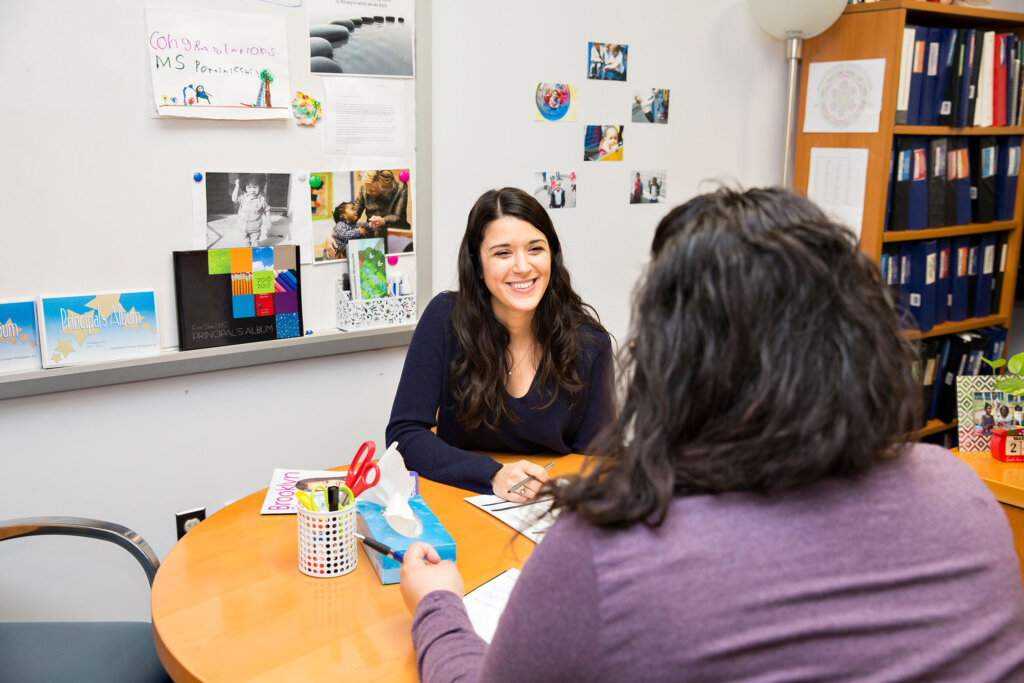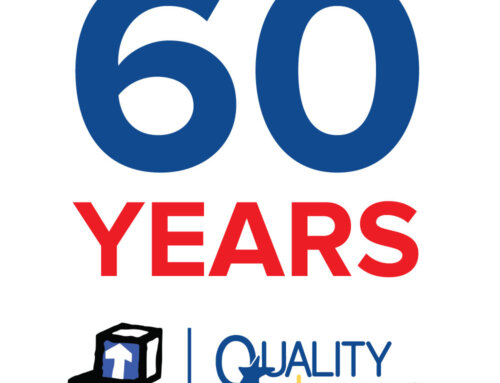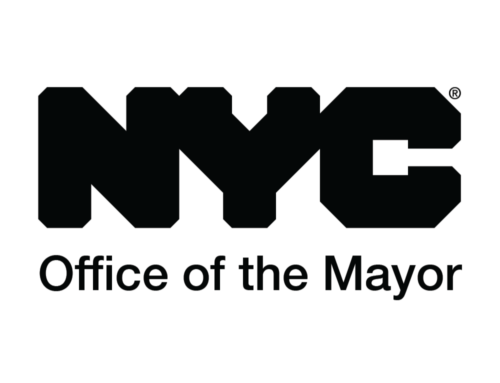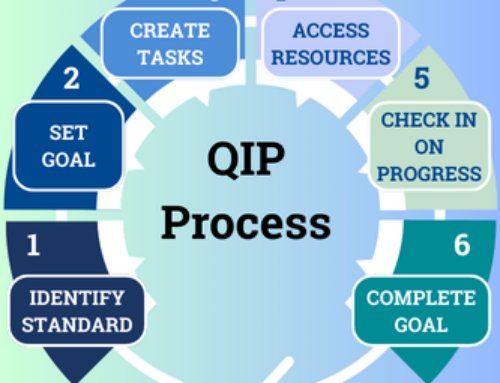
By: Rachel Zielinski, Quality Improvement Specialist, Finger Lakes Region
Summer is a natural time to reflect on your program’s calendar. Do you intentionally create a program calendar for staff meetings and professional development? Do you have an internal policy or procedure for how many staff meetings are held per year or how they are executed? What are some ways you share important updates and new information with staff?
QUALITYstarsNY Standards PP5 & PP6 address program policies and procedures around staff meetings and sharing information with staff. Standard PP5 asks that each staff member participates in a minimum of four staff meetings a year during open months. The intention is that staff come together periodically to discuss program-related issues and engage in professional development activities.
When you plan staff meetings, are you keeping in mind the schedules of your staff so the majority are available to attend to hear and share information? These meetings should also be recorded for staff who are unable to attend. Creating an agenda for the meeting and recording meeting minutes will help keep the meeting on task and document what was discussed for anyone who was unable to attend or who is is interested in reviewing the material.
PP6 asks that the program share the meeting notes with all staff. Distributing meeting minutes keeps everyone in the loop and makes sure that everyone gets the same information. Also, minutes are important for keeping a record of events, increasing accountability, and facilitating communication.
Sharing the minutes can happen in a variety of ways. Some programs may make copies of the minutes and hand them out to staff in their mailboxes, while others keep a binder of the minutes and send a memo letting staff know when the minutes are complete and where the binder is stored. Simply just storing the meeting minutes on a computer or shared drive is not enough; staff need to know how to access the minutes and be able to refer back to them in the future.
Staff meetings and professional development workshops differ. A staff meeting should be held to announce new information to staff or allow staff to share and pose questions in an open forum. Staff meetings can offer a time to build team morale. They can also be used as planning time for building new committees or brainstorming family engagement events. Lastly, use this time to recognize achievements in the program and celebrate staff successes, whether personal or professional.

When planning meetings, create a structure that works best for the culture of your program. Some programs create staff teams, each responsible for executing one staff meeting a year so that all staff have a turn to facilitate a meeting and choose topics relevant to them and their role at the program. Others might find it best for the director to lead the meeting, but include time for small-group discussions to address challenges that are later shared back to the large group for further discussion.
Consistency, transparency, and intentionality are all key factors to build rapport with staff and create buy-in around your program’s policies and procedures. Keep in mind that how staff can interpret information is often a factor in how it should be disseminated. Summer is a great time for reflecting on what has worked in the past and modifying what has not been as successful. What will staff meetings look like in your program moving forward?




